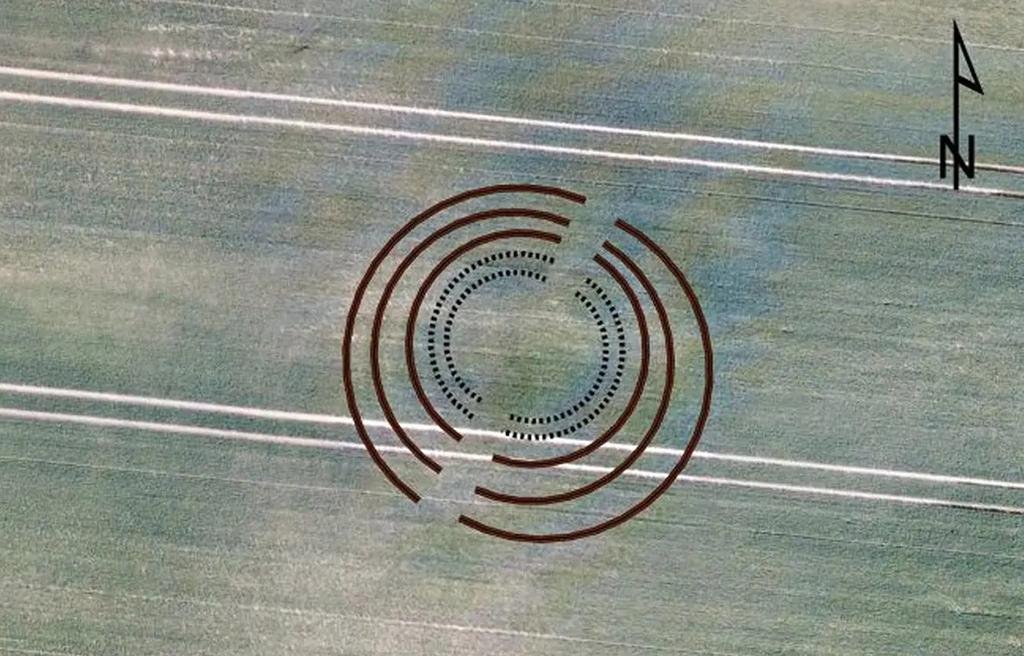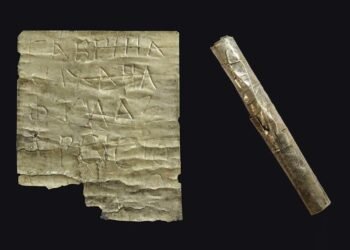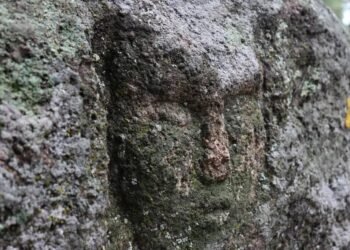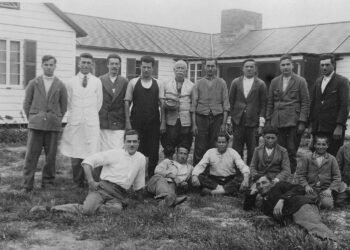Archaeologists conducting a drone survey in fields near the village of Kaczków in east-central Poland have made an exciting discovery—an ancient ritual center.
According to a report by Heritage Daily, the site was identified through crop marks caused by variations in soil moisture due to a recent drought in the region. The monument consists of two partial rings of palisades within the site, surrounded by three semi-circular roundels known as Neolithic circular ditch systems (NCDS).

Similar roundel enclosures have been found in various central European sites dating back to the Neolithic period, which developed from the Linear Pottery culture.
Although their exact purpose is still a subject of speculation, one prevailing theory suggests that these roundel sites served as cultic centers, possibly functioning as calendars or observatories with alignments related to solstices.
The Central European Neolithic circular ditch systems, despite some superficial similarities to the henge monuments of the British Isles, are not directly related and were built around 1800 years earlier.
The Kaczków area has been under archaeological investigation since 2021. Previous excavations and surveys have uncovered numerous long houses with elongated trapezoidal plans, totaling approximately 160 structures in the vicinity.
According to Jerzy Czerniec, the lead archaeologist, these structures were built around a central point, which is the location of the roundels that served as the ritual center. Czerniec also suggests that the monument may have functioned as an astronomical observatory associated with the summer solstice.
The discovery of the ancient ritual center near Kaczków offers valuable insights into the Neolithic cultures of central Europe. Further research and excavations at the site are expected to shed more light on the purpose and significance of this ancient monument.


































